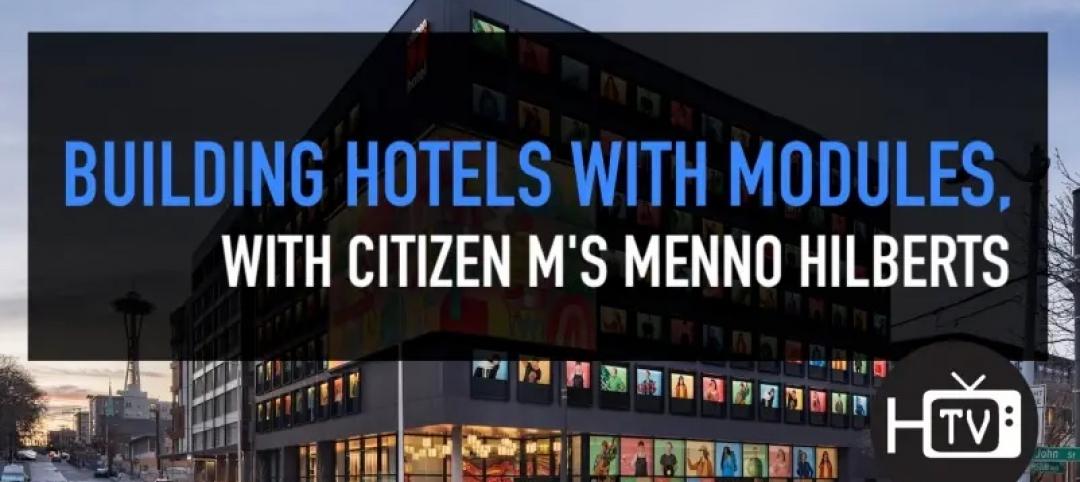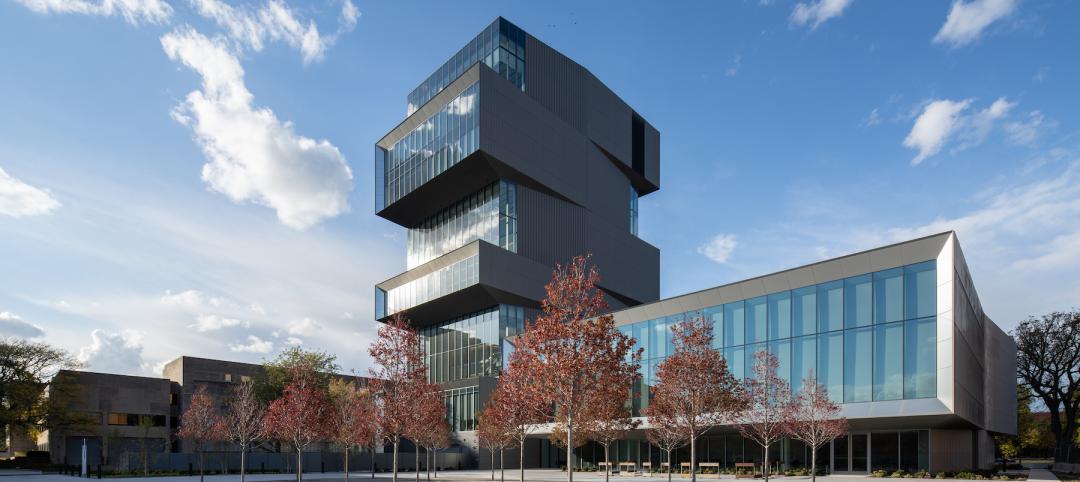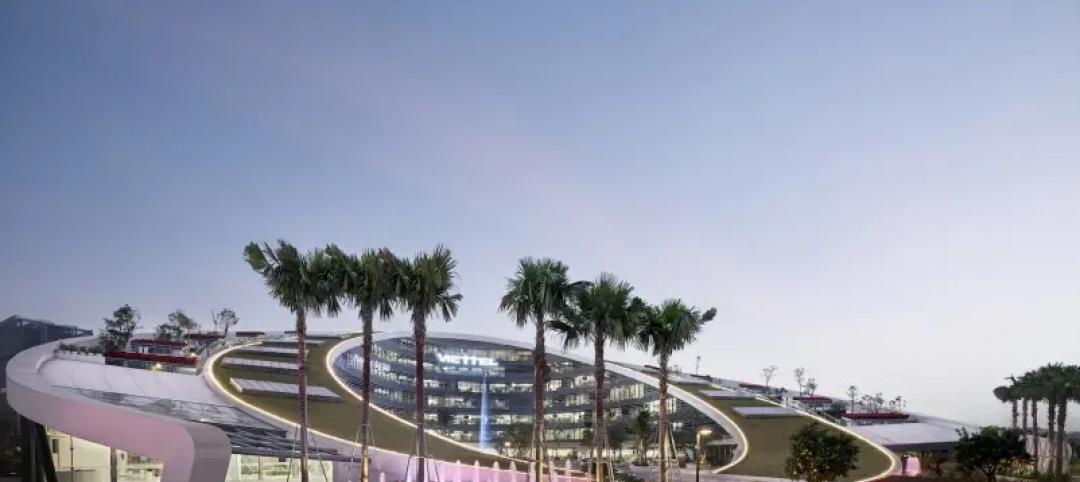According to a new report from Mid-America Real Estate Corp.’s Urban Team, much of Chicago lacks the type of product that today’s downsized big box retailers—or “mid-box”—are looking for.
“Retailers’ footprints are shrinking,” says Mid-America Principal Dan Tausk, author of the report. “From Wal-Mart to Best Buy to Office Depot, we continue to see a national trend toward shrinking square footage, which is expanding the vernacular from ‘super’ or ‘mega’ stores to include ‘market,’ ‘express’ and ‘neighborhood’ stores. If that trend continues—and I expect it to—then we’ve got a real lack of product to offer them in most of urban Chicago.”
Because of the national trend in retailer downsizing, Mid-America undertook its first “Urban Chicago Mid-Box Retail Study” this summer to create a better barometer of supply and demand in this sector. The team defined City limits and all directly neighboring suburbs into eight zones roughly following existing retail trade areas.
The team then examined existing and vacant space for stores between 15,000 and 50,000-sf, excluding proposed new development that hadn’t been delivered. To get a clearer picture of category activity, the team also excluded Chicago’s dense penetration of urban drugstores, typically 10,000 to 14,000-sf, but included the newer large format “market” drugstores that are between 25,000 and 30,000-sf. The study uncovered nearly 11.2 million square feet of existing supply in the mid-box category, or 389 total spaces. It also discovered a vacancy rate in this size category at 7%, with strong absorption of existing vacancy.
While it was not surprising to find that Central City (Zone 1)—with State Street, Michigan Avenue and Lincoln Park—carries 34% of the mid-box supply and only 8.6 % of the population, it was a surprise for Tausk to see that pockets of densely populated, high income submarkets such as Lincoln Square, River Forest, Streeterville, West Loop and Bucktown have virtually no mid-box retail supply in this size range. While Zone 5 (the Northeast City) holds the highest percentage of the population in the study, 20.4%, it holds only 9.5% of the mid-box supply.
“The average amount of mid-box retail in urban Chicago is 3.5 square feet/person,” says Tausk., “Zone 1 (Central City) shows 14.6 square feet/person while Zone 5 shows the lowest in Chicago of 1.2 square feet/person. That’s a wide disparity of haves and have-nots.”
He says the residential density in Zone 5 is obviously high enough to support more retail with residents. But he suggests that because the price of land here is high and land size is limited, retailers are pushed to accept multi-level buildings, which are lacking in this zone. “Right now, it’s difficult for them to expand here, despite the desirable demographics,” he says.
Overall, according to the report, five of the eight zones show that almost every category of mid-box retail is underserved for similar reasons -- from grocery and apparel to electronics and discount. The three zones that are doing best are Central City (Zone 1) with 14.6 square feet/person, Near Southwest Suburban (Zone 7) with 5.7 square feet/person, and Near West Suburban (Zone 8) with 4.4 square feet/person.
As was similarly indicated in Mid-America’s Urban Grocery Study last year, the West City (Zone 2) is the most underserved with only 16 mid-box retail stores or 4.11% of Chicago’s total supply. “In addition,” Tausk says, “the West Side has the least amount of category options. While each zone’s dominant category is grocery, that category averages only + 20% Citywide. In the West City, however, grocery accounts for 53% of the mid-box retail, showing a void of other shopping options.”
Other category highlights:
- Zone 1 (Central City) showed a dominating penetration of apparel versus all other zones combined. State Street and Michigan Avenue, and Lincoln Park carry the most supply. Zone 1 also dominates in the home furnishings category with 12 mid-box retail stores, as well as electronics with 9 and office supply with 6.
- Zone 2 (West City), as already noted above, is void of shopping options in most categories other than grocery. There is plenty of affordable, developable land, but lower incomes and high crime rates continue to stall development.
- Zone 5 (S/SE City) has a large number of grocers totaling 35% of all mid-box categories in that zone. Category sales clearly bleed from the south and southeast side to the Southwest City or Southwest suburbs, due to lack of options in other retail categories.
“In conclusion,” says Tausk. “There’s demand for mid-box growth in urban Chicago, despite a tough economy.” However, existing supply is tight everywhere and almost non-existent in the most attractive zones. He adds that there are three main considerations retailers will be forced to evaluate in the process.
- Retailers with expansion/rollouts for Chicago will need to continue to think creatively, finding opportunities in multi-levels, mezzanines or even smaller stores to meet future demand.
- Retailers can expect rents to remain high in the mid-size sector due to obvious lack of supply and low vacancy.
- Future opportunity in this mid-box size category may best come from downsizing / sublease space or the splitting of outdated larger footprints and future bankruptcies of other retailers.
Absorption in this size range is strong and happens quickly with greater than a half-million square feet of leasing currently proposed in existing space.
From the supply side, Tausk says that based on this supply/demand dynamic, “we can expect to see a slow but steady flow of new projects in this size range. Several developments are underway currently that are focused on the 15,000 to 50,000-sf user. Mid-box retailers such as Ross Dress for Less, Marshalls, Michaels, WalMart Market, hhGregg and Planet Fitness continue to pursue active expansion across Chicagoland.” +
Related Stories
Hotel Facilities | Aug 26, 2021
Building hotels with modules, with citizenM's Menno Hilberts
In this exclusive interview for HorizonTV, Menno Hilberts, Managing Director of Project Management with hotelier citizenM, explains how the company is employing modular construction to help double its presence in the U.S.
Giants 400 | Aug 25, 2021
Top 40 Engineering/Architecture Firms for 2021
Jacobs, AECOM, Burns & McDonnell, and Alfa Tech top the rankings of the nation's largest engineering architecture (EA) firms for nonresidential buildings and multifamily buildings work, as reported in Building Design+Construction's 2021 Giants 400 Report.
Giants 400 | Aug 25, 2021
Top 95 Architecture/Engineering Firms for 2021
Stantec, HDR, HOK, and SOM top the rankings of the nation's largest architecture engineering (AE) firms for nonresidential and multifamily buildings work, as reported in Building Design+Construction's 2021 Giants 400 Report.
Giants 400 | Aug 25, 2021
Top 160 Architecture Firms for 2021
Gensler, Perkins and Will, HKS, and Perkins Eastman top the rankings of the nation's largest architecture firms for nonresidential and multifamily buildings work, as reported in Building Design+Construction's 2021 Giants 400 Report.
Sports and Recreational Facilities | Aug 25, 2021
The rise of entertainment districts and the inside-out stadium
Fiserv Forum, home to the 2021 NBA Champion Milwaukee Bucks, proved that the design of the space outside a stadium is just as important as inside.
Architects | Aug 24, 2021
AIA’s Compensation Report reveals how architecture firms weathered the pandemic
According to the report, architecture firms lost 16,000 positions between February and their low in July of 2020.
Architects | Aug 19, 2021
BD+C Events
Building Design+Construction's annual events include the Women in Design+Construction conference and the ProConnect meeting series.
Architects | Aug 19, 2021
Quattrocchi Kwok Architects marks 35 years in business with commitment to social justice
QKA, the largest architecture firm in the North Bay area of San Francisco, has received the JUST 2.0 Social Transparency Label from the International Living Future Institute.
Multifamily Housing | Aug 19, 2021
Multifamily emerges strong from the pandemic, with Yardi Matrix's Doug Ressler
Yardi Matrix's Doug Ressler discusses his firm's latest assessment of multifamily sales and rent growth for 2021.
Resiliency | Aug 19, 2021
White paper outlines cost-effective flood protection approaches for building owners
A new white paper from Walter P Moore offers an in-depth review of the flood protection process and proven approaches.

















